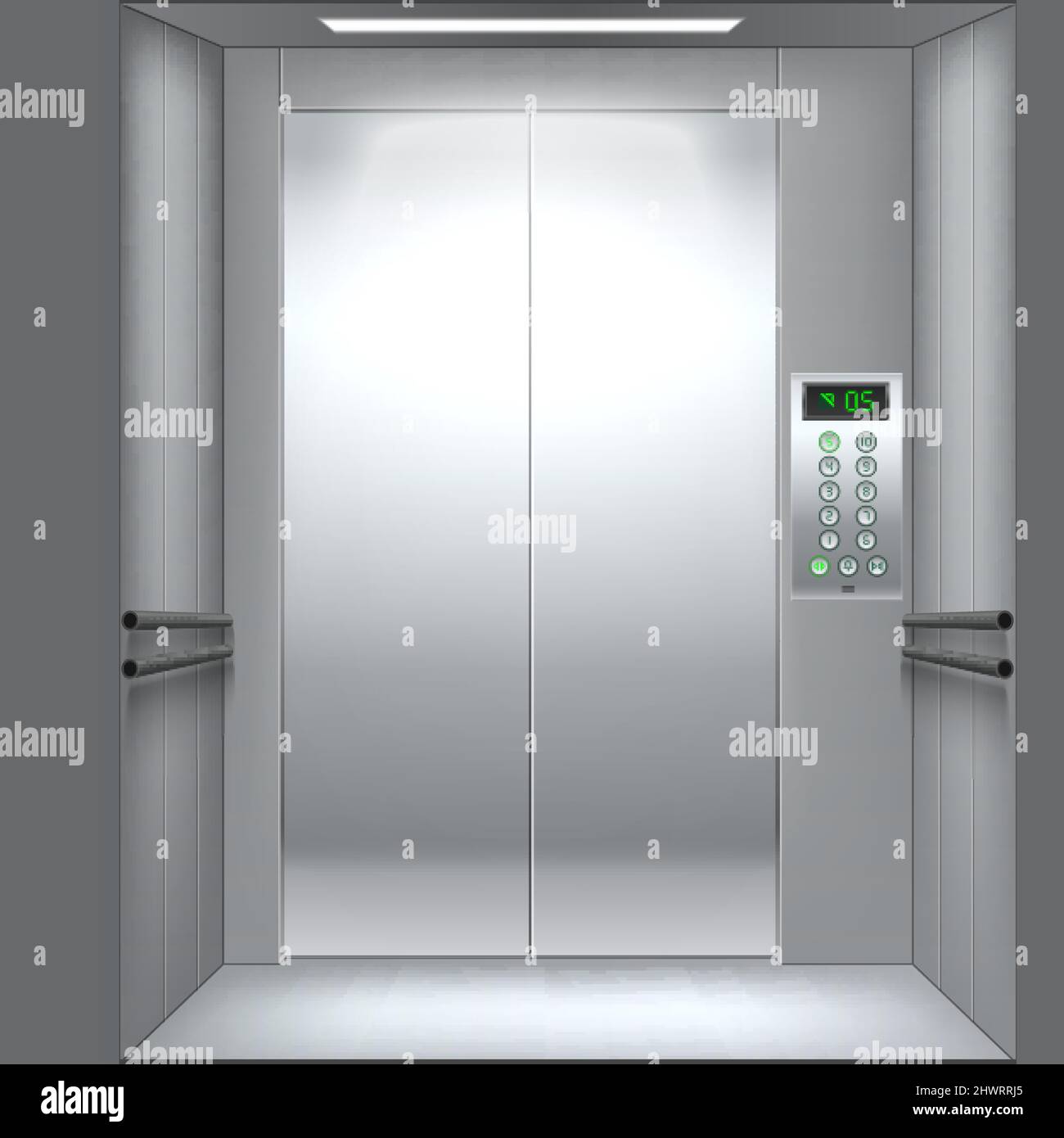London Lift Company: Offering Comprehensive Lift Solutions Across the Funding
London Lift Company: Offering Comprehensive Lift Solutions Across the Funding
Blog Article
Delving Into the World of Lifts: Usual Issues Dealt With by Different Lift Devices
As we browse with the upright transport systems of modern-day buildings, elevators attract attention as a vital part of our every day lives. However, behind their seamless procedure exists a world of complex mechanisms that can in some cases run into obstacles. From hydraulic elevators to grip systems and machine-room-less layouts, each lift type features its set of common issues. Understanding these challenges is crucial for making certain the smooth functioning of these crucial systems. Allow's explore the complexities that underlie the operation of lifts and the possible problems that can arise, clarifying the complex web of lift devices.
Hydraulic Lifts
Hydraulic lifts, typically chosen for low-rise buildings, make use of fluid stress to control the movement of the lift auto (lift repair companies). This system involves a hydraulic pump pressing oil into a cyndrical tube, causing the elevator to move in the wanted direction. While hydraulic lifts are understood for their quiet and smooth operation, they do include their very own collection of common issues
One prevalent issue with hydraulic elevators is oil leak. The seals in the hydraulic system can wear over time, causing oil seepage. If left unaddressed, this not just creates a mess yet can additionally influence the lift's efficiency. Furthermore, concerns with the control system, such as defective shutoffs or a malfunctioning pump, can cause disturbances in the elevator's movement.
Routine maintenance and punctual fixings are important to ensure the smooth performance of hydraulic lifts. By attending to these usual problems proactively, building owners can lessen downtime and make sure the security and effectiveness of their vertical transport system.
Grip Lifts
When thinking about upright transport systems in buildings, another common type aside from hydraulic lifts is the traction lift. Traction elevators operate making use of a system of ropes and counterweights that relocate the elevator car by grasping onto the hoist ropes. This system enables smoother and quicker vertical transport compared to hydraulic systems.
One of the common concerns dealt with by grip lifts is rope wear. The continuous movement of the ropes within the traction system can bring about tear and wear in time, possibly causing the elevator to breakdown or come to be unsafe for usage. Regular examinations and maintenance of the ropes are crucial to make sure the elevator's proper functioning and safety and security.
One more problem that traction lifts might encounter is connected to the control system. Problems with the control system can bring about problems such as erratic movement, hold-ups in reaction times, or perhaps complete shutdowns. Routine screening and upkeep of the control system are important to avoid such concerns and ensure the lift's integrity.
Machine-Room-Less (MRL) Elevators

Among the key components of MRL elevators is the compact gearless traction maker that is installed within the hoistway. This maker efficiently drives the lift car without the requirement for large devices discovered in traditional traction lifts. Furthermore, MRL lifts typically use a counterweight system to balance the cars and truck, additional boosting their power effectiveness.
Regardless of their benefits, MRL lifts may face challenges connected to repair and maintenance as a result of the restricted area for equipment setup. Ease of access for servicing parts within the shaft can be limited, requiring specialized training for service technicians. Proper maintenance schedules and regular inspections are vital to make sure the ongoing smooth procedure of MRL lifts.
Overloading and Weight Limitation Issues
Overloading and weight restriction issues are essential worries in lift operations. Lift suppliers layout lifts with particular weight capacities to guarantee traveler security and devices durability.
When elevators are overwhelmed, it places extreme strain on the motor, cords, and other components, potentially causing break downs or breakdowns. If they detect excess weight, security devices such as sensors and overload sensors are in place to prevent lifts from relocating. Additionally, going beyond weight restrictions can cause enhanced power usage and damage on the elevator system.
To reduce overloading concerns, developing supervisors ought to plainly show weight limitations in elevators and enlighten residents on the value of sticking to these limitations - lift repair companies. Regular upkeep checks by certified service technicians can also help make sure that elevators are operating within secure weight parameters. By addressing overloading and weight limit problems proactively, structure proprietors can boost lift security and effectiveness
Electric System Failings
Surpassing weight limitations in lifts can not only lead to mechanical problems yet also possibly add to electrical system failures his comment is here within the lift facilities. Electric system failings are a crucial worry in lift operation, as they can cause unanticipated shutdowns, breakdowns, or even safety dangers.
Moreover, power rises or variations in the electrical supply can additionally interfere with the lift's operation, affecting its performance and security. These electrical disturbances can damage delicate elevator elements such as control board, motherboard, or sensing units, leading to system failings. Routine maintenance and inspections are essential to identify and resolve possible electric concerns quickly, guaranteeing the reliable and safe operation of lift systems. By adhering to weight limitations and carrying out regular electric system checks, building proprietors can alleviate the danger of electric failures in lifts.
Conclusion

Hydraulic elevators, often preferred for low-rise buildings, utilize fluid stress to manage the movement of the lift auto.When thinking about vertical transportation systems in structures, one more common type apart from hydraulic elevators is the traction lift. Grip lifts run using a system of ropes and weights that move the elevator auto by gripping onto the hoist ropes. Unlike conventional elevators that require a separate maker room to house the tools, MRL elevators integrate many of the elements within the shaft, getting rid of the demand for a dedicated equipment area.In final thought, elevators deal with usual concerns such as hydraulic breakdowns, traction system failures, and electrical system problems.
Report this page